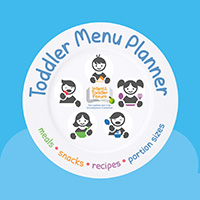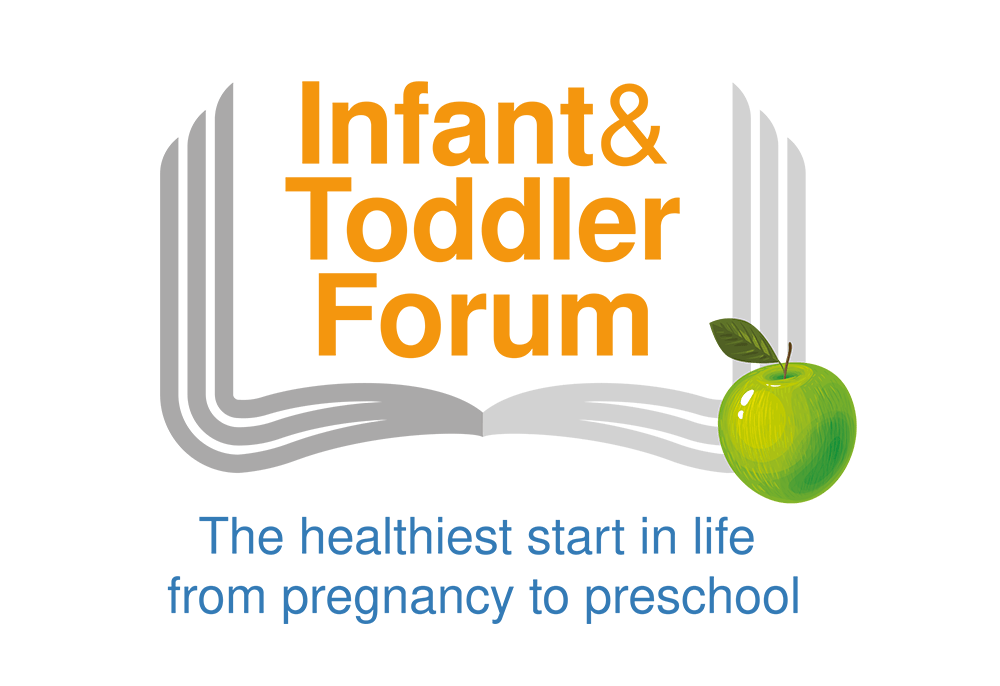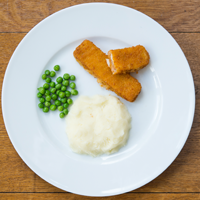
Use our Toddler Meal planning tool to ensure your 1-4 years old receives a balanced diet every day.
Find out more >
Use our toddler food tracker to check that your 1-4 year olds are getting a good balance of foods and activity
Find out more >
This educational programme for frontline professionals contains a range of practical resources on infant feeding.
Find out more >Guidance & Tips for Parents
It is best for your baby’s health to continue breastfeeding while you are weaning
As you offer new tastes and textures your baby will learn to like those tastes and will learn new feeding skills by managing different textures. Some babies need:
- small tastes of certain foods on several different days before they learn to like it
- more practice with new textures before they master eating them and are ready to move on
So keep offering foods, even if your baby seems reluctant to eat them at first. But always allow your baby to decide when he/she has had enough to eat. He/she will indicate this by turning their head away or keeping their mouth shut.
Include your baby in as many family meals as possible because they also learn by copying those around them.
Foods to offer during weaning
Most parents or carers begin with cereal mixed with their infant’s milk or root vegetables or fruit but you can start with any nutritious family foods. Offer different foods at every meal time and when your baby is having three meals in the day make sure you are offering foods from all four food groups each day. Read our Guidelines & Tips for Parents for lists of these foods.
Some foods are not recommended before 12 months of age, while some foods could cause an allergic reaction. Read our Guidelines &Tips for Parents for lists of these foods.
Beginning weaning by six months but not before four months.
Begin with a smooth mash or puree for the first few tastes. Your baby needs to learn how to move the food to the back of the mouth to swallow it. This may take a few days and you may see the food coming straight back on his/her first few attempts as she/he pushes the tongue forward, as babies do when sucking a nipple or teat. Move on to thicker purees or well-mashed food as your baby becomes used to taking food from a spoon. Offer some soft finger foods as well – your baby can play with them and may suck them.
Age six to nine months
Once your toddler has learnt to accept smooth foods, move on to mashed food with soft lumps and offer soft finger foods with all meals. Meat may still need to be pureed but can be mashed if it is very soft. Nuts should be finely ground or as nut butter.
Age nine to 12 months
During this time, move on to minced and chopped foods and encourage your baby to self-feed. Include harder finger foods such as raw fruit and vegetable sticks, as well as a variety of family foods such as sandwiches or toast. Nuts should be crushed, chopped or finely ground
After 12 months of age
By the age of one year toddlers should be joining in and eating nutritious family meals. Some foods are best avoided until around five years:


